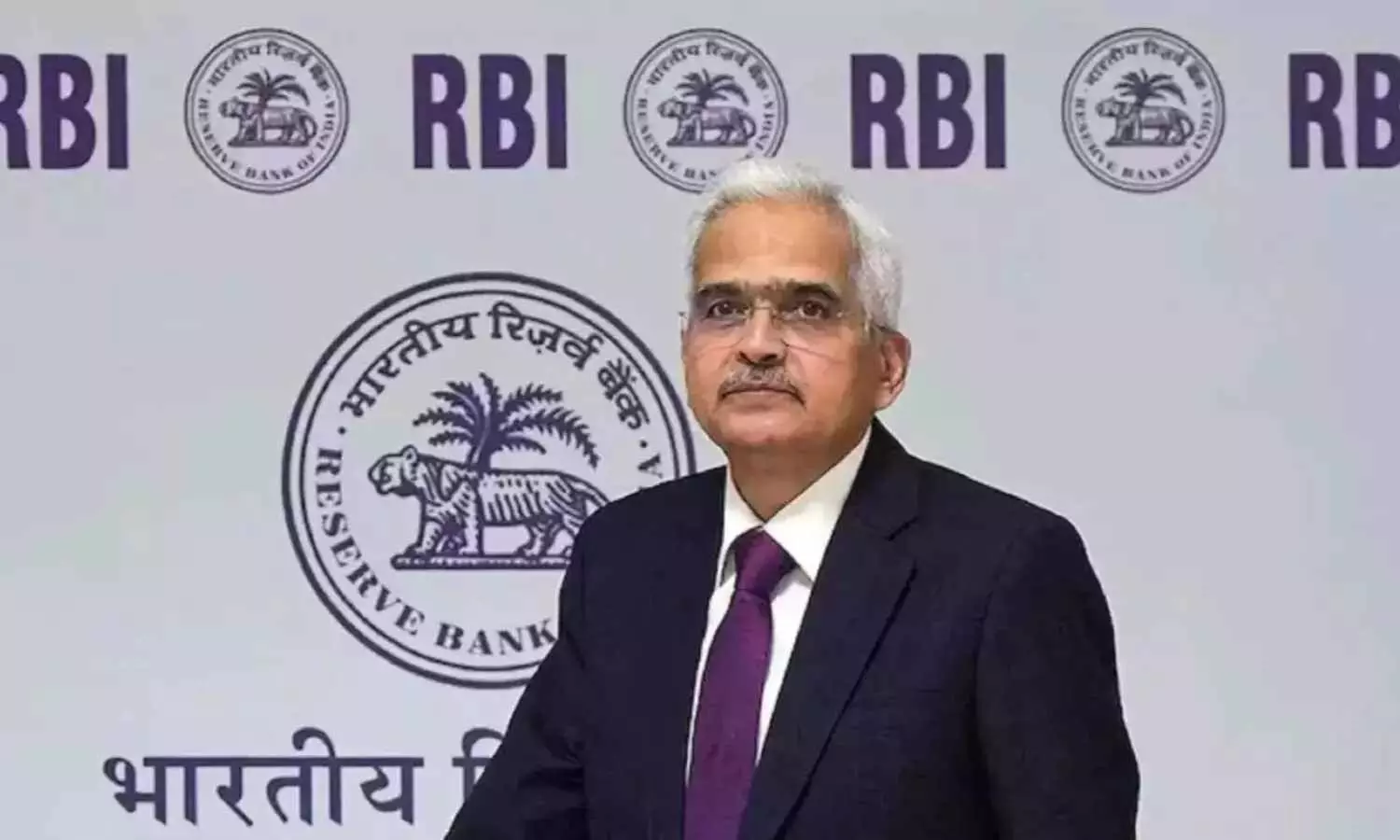How CRR Cut Impacts Banks? Here’re The Top Beneficiaries
The Reserve Bank of India (RBI) has slashed the Cash Reserve Ratio (CRR) by 50 basis points to 4% today. RBI Governor Shaktikanta Das said that a CRR cut will infuse cash worth ₹1.16 lakh crore into the banking system.
How CRR Cut Impacts Banks? Here’re The Top Beneficiaries

The Reserve Bank of India (RBI) has slashed the Cash Reserve Ratio (CRR) by 50 basis points to 4% today. RBI Governor Shaktikanta Das said that a CRR cut will infuse cash worth ₹1.16 lakh crore into the banking system.
CRR is a regulatory measure under which banks are required to keep a certain percentage of their total deposits with the RBI. The move will stem liquidity into the system, thereby ensuring a sound credit growth.
Citi released a note entailing the impact of Net Interest Income (NII) or core income of banks following the CRR cut. Here’s a look at how banks will be impacted.
1. State Bank of India
Cash Reserve Ratio (CRR) of India’s largest public sector bank stands at 4.7%. A cut by 50 bps can bring the figure down at 4.2%. Citi estimates that Net Interest Margin (NII) of SBI following the cut can boost by ₹17,028 crore, which is 0.8% of its annual Net Interest Income.
2. HDFC Bank
The cash reserve ratio (CRR) of HDFC Bank is 6.3%, which is set to come down to 5.8% post CRR cut. The decision can bring in ₹9,257 crore, which is 0.66% of its annual NII and 0.78% of its pre-provisioning operating profit.
3. ICICI Bank
ICICI Bank has a CRR of 5.5% and a 50 bps cut can bring this down to 5%. RBI’s decision can infuse ₹4,867 crore to its Net Interest Income, which is 0.5% of its annual NII and 0.62% of pre-provisioning operating profit.
4. Punjab National Bank
Following the CRR cut, the Net Interest Income (NII) of PNB can increase by ₹4,596 crore, which is nearly 1% of its annual core income

